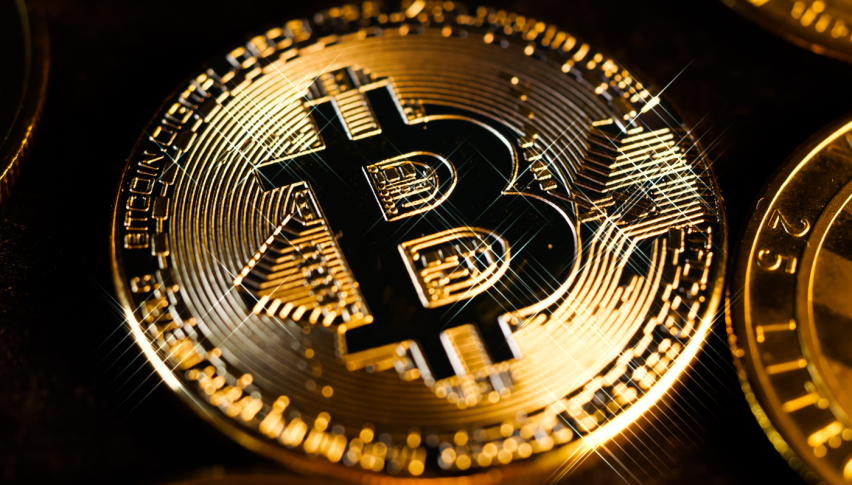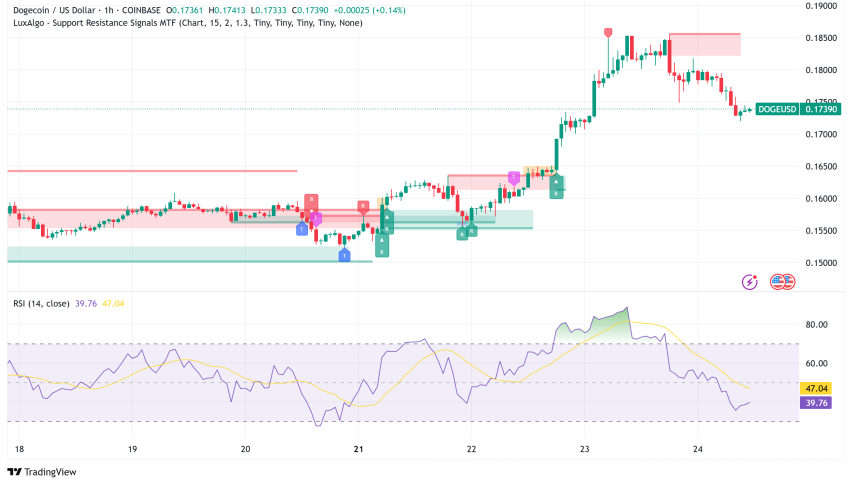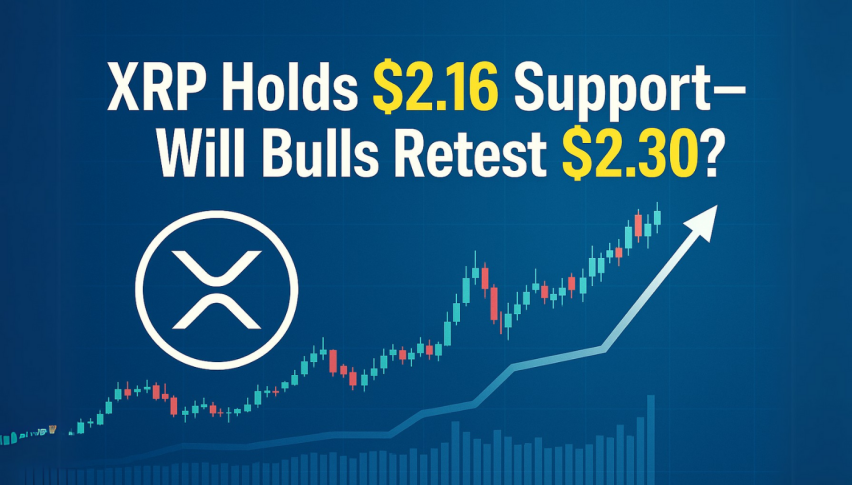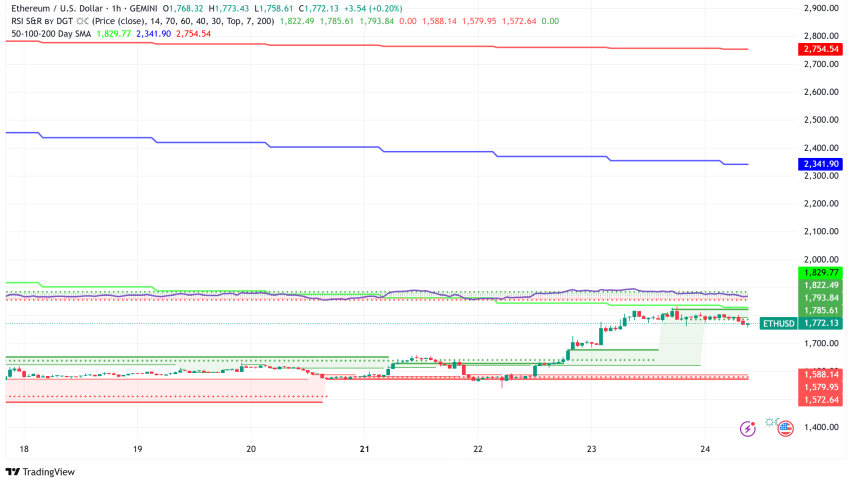Bitcoin vs. the Dollar—What They Don’t Want You to Know
Alex leaned in at the coffee shop. “You criticize Bitcoin, but do you actually know how the U.S. dollar works?”

Live BTC/USD Chart
Like John, many people assume money has inherent value. But when President Nixon dropped the dollar from gold, its value became dependent on trust in the U.S. government. Unlike assets like oil or farmland, fiat currencies get their power from collective belief in a system managed by central banks and policymakers. This makes government issued money uniquely vulnerable to inflation and manipulation.
Central banks control the money supply, adjusting interest rates and printing new currency to influence economic activity. This isn’t a neutral process. When the U.S. Federal Reserve injects trillions of dollars into the system—like in 2008 or 2020—it dilutes the value of existing money and often causes inflation. The effects ripple through everyday life, into wages, savings, home prices and the cost of necessities like food and energy.
The Problem with Fiat Currency
The modern financial system operates behind closed doors where government policies shape markets and wealth distribution. Key concerns are:
Inflation Erodes Savings: Over time newly printed money devalues the existing currency making everyday items more expensive.
Centralized Control: A handful of policymakers decide interest rates and monetary policy and control economic stability.
Bailouts & Debt Expansion: When crises hit governments print more money to fund bailouts and expand debt and future financial uncertainty.
The 2008 crisis was a prime example of these problems. Reckless lending practices led to a housing market collapse and the Federal Reserve injected massive stimulus. While that prevented short term economic collapse it also reinforced a system where monetary policy benefits large financial institutions and everyday people are left vulnerable to inflation and market instability.
Bitcoin: A Transparent Alternative
Bitcoin was created in 2009 as a response to the flaws in traditional finance. Unlike fiat currency Bitcoin operates on a decentralized blockchain network where no central authority can change the rules. Key benefits are:
Fixed Supply: Bitcoin is capped at 21 million and can’t be inflated by printing more.* Public Ledger: Transactions are recorded on a transparent blockchain, no accountability.
Decentralized Governance: No one, no government, no bank controls the supply or policy of Bitcoin.
People say Bitcoin is volatile but its transparency and predictability is the opposite of fiat currency. Anyone can audit the supply, verify transactions and predict the rate of inflation, whereas in the traditional monetary system decisions are hidden from public view.
The Future of Money: Trust vs. Transparency
The real question isn’t whether Bitcoin will replace the dollar but rather do people actually know how their money works. Fiat currency demands we have blind trust in government institutions whereas Bitcoin offers a verifiable alternative.
By questioning what backs our money we take the first step towards greater financial awareness and accountability. Whether the future is Bitcoin, fiat or a hybrid system one thing is clear: transparency matters more than ever.
- Check out our free forex signals
- Follow the top economic events on FX Leaders economic calendar
- Trade better, discover more Forex Trading Strategies
- Open a FREE Trading Account





